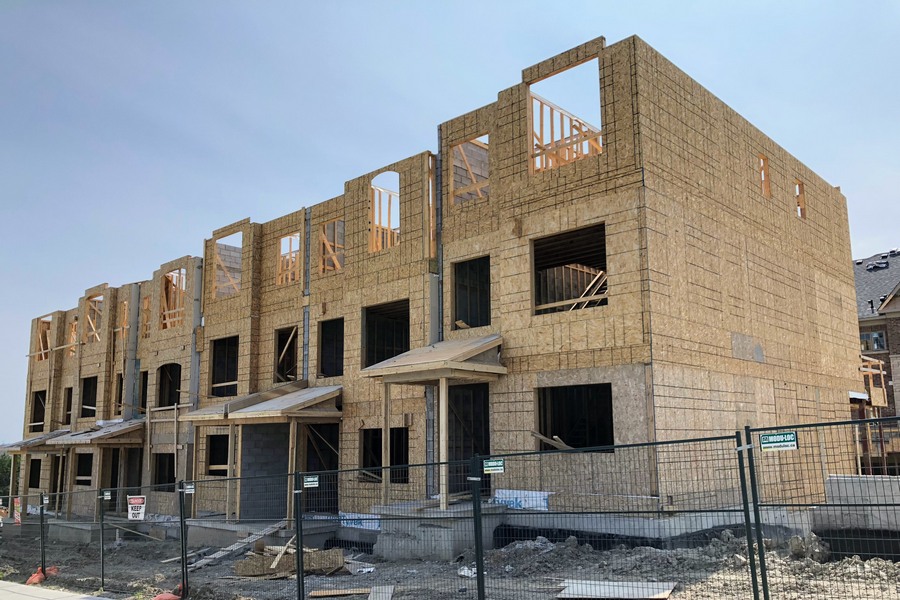


The Canadian Home Builders’ Association (CHBA) 2024 Q4 Housing Market Index (HMI) indicates further decline in the sentiment of Canada’s homebuilding industry.
This is likely a result of current poor selling conditions for both single-family and multi-family homes through Ontario and British Columbia, with other areas of Canada also dipping since the previous quarter, along with a weak outlook for the near future.
CHBA’s HMI is an indicator of housing starts that can be expected in the next six months and beyond, and signals that housing starts, especially for ownership, will not be increasing to meet the supply needed to overcome affordability challenges that are driven by a lack of options.
The single-family HMI slid another 2.5 points nationally from the previous quarter, and is down to 25.1, which is 0.5 away from its record low. The multi-family HMI, however, did reach a record low, dropping 6.5 points from the previous quarter to 22.0, which is four points below the previous record low in the fourth quarter of 2022.
In terms of sales of new homes, they are healthier in regions of Canada where ownership cost-to-income ratios are lower, and reflect better affordability.
Ontario’s multi-family HMI reached a new low of 6.2, and British Columbia’s single-family index is at 10.5. In the Prairies, the situation is more dire, as the multi-family HMI there did fall over 10 points from the previous quarter.
The single-family HMI for Atlantic Provinces fell for a second consecutive quarter, and despite still being a neutral reading, their HMI is six points lower than a year ago.
When asked the open-ended question of what their business’s top challenge will be in 2015, a total of 19 per cent of builders responded with the high cost of construction. Municipal government taxes and long approval timelines are also adding to the cost of building a home and keeping prices high.
While the Bank of Canada delivered the fifth consecutive rate reduction in December, mortgage interest rates are only falling about half as fast as the Bank’s rate. The current political and tariff uncertainty is also further hindering builder sentiment. Builders reported that non-lumber material costs have added $36,000 to the cost of constructing a 2,400 square foot home in comparison to the end of 2023. Softwood lumber has gone up between 10 to 18 per cent in the last year.
“Although the federal government has correctly recognized that we are in a housing crisis and we need to double home construction starts in order to correct the supply shortage and help improve housing affordability, conditions have not enabled home builders to ramp up. Builders across the country are keen to build, but with no buyers, and with increasing costs of construction, including development taxes, they simply cannot build,” said CHBA CEO Kevin Lee.
“Sadly, the majority of HMI respondents reported that they had fewer housing starts in 2024 than they did in 2024 – a reduction of 50 per cent on average, reflecting the drops we are seeing in builds for homeownership. Interest rates need to keep coming down and be reflected in mortgage rates, and the stress test needs to be more fluid. Importantly, government policy at all levels should focus on decreasing taxes on new homes, reining in runaway development charges, and eliminating costly lags in development approvals.”